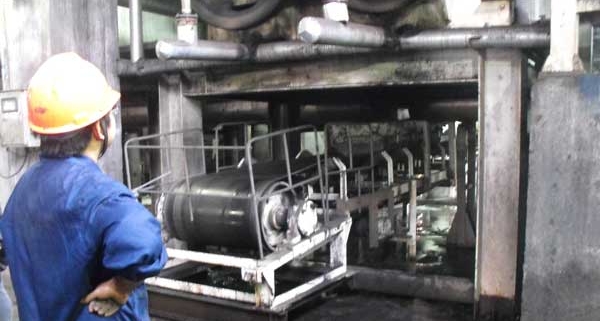The method of dryer selection involves the use of past experience. The initial method of selecting the dryer is based on the nature of the material. The equipment selected for handling the liquid material is usually limited to spray drying equipment, drum drying equipment and stirred intermittent vacuum drying. device. It is also suitable for drying liquid materials which are not very viscous, rotary flash drying equipment and inert carrier drying.
Other factors affecting the final choice include low product loss, equipment condition, solvent recovery or the need to use an inert environment and the sensitivity of the material to temperature. In this case, the agitation vacuum drying equipment is preferred, and the residence time of the vacuum drying equipment is stirred. It is very long, while the circulating drying equipment has moderate temperature and moderate residence time. Drum drying equipment has a shorter drying time (residence time) but higher average temperature; spray drying equipment has a shorter contact time and a wider operating temperature range. The above selection is suitable for pumpable suspensions containing fine particles. Liquid, not including paste material.
For continuous drying of pastes and sludge, the most common is a rotary flash drying apparatus. The dust problem is a major consideration because the material is in the state of fine particle dispersion. However, it is therefore difficult to make a choice between intermittent and continuous operation. The intermittent drying equipment usually used is a normal pressure or vacuum tray drying device, a batch normal pressure or vacuum stirring drying device, and a normal pressure or vacuum drum drying device. Vacuum operation is preferable when solvent recovery, fire, danger of toxicity, or when temperature limitation is required.
Drying equipment for continuous operation is:
1. Spray, atomization is the key at this time, which is a problem that should be considered;
2, fluidized bed, but the material is evenly dispersed in the deep bed layer is more difficult;
3. Continuous belt circulating drying equipment, suitable for products requiring dust free;
4, air flow drying, sometimes requires mixing of raw materials and dry products to promote the dispersion of wet materials in the gas entering the drying equipment;
5. Continuous twisting cylinder Direct (heating) or indirect (heating), it is beneficial to operate the wet material and dry material in this equipment.
Indirect heat transfer is usually better if the raw material contains fine particles. For wet powders, pastes and sludges with a particle size of less than 3005 m, drying equipment with vertical tumbling frame can be used; for granular crystal materials with particle size greater than 3005 m, direct heating tumbling drying equipment is usually used. The crystallization of the drying equipment is a problem, but it can be overcome by a suitable tumbling structure; for particles larger than 25 mesh, a through-flow drying equipment with a moving belt or a vibrating perforated plate can be used; the fiber material contains a large amount of moisture, but is dry. It is quite easy because these materials have a large specific surface area, and the fiber material is usually heat sensitive, so care should be taken to maintain a low air temperature, and the operating conditions for avoiding overheating are determined by a penetration cycle test at various temperatures.



